To fix a wi-fi router not connecting to wi-fi, reset the router and reconnect all the devices. A frustrating situation is when the wi-fi router isn’t connecting to wi-fi.
The internet is ubiquitous, and wi-fi has become a standard way of accessing it at home. When the router is down, it can bring everything to a standstill. A wi-fi router not connecting to wi-fi may be due to a variety of factors, including network settings, device configuration, or hardware issues.
If you’re experiencing this issue, don’t be concerned; it’s a relatively basic issue to address. In this article, we’ll look at some simple methods for resolving a wi-fi router not connecting to wi-fi issue.
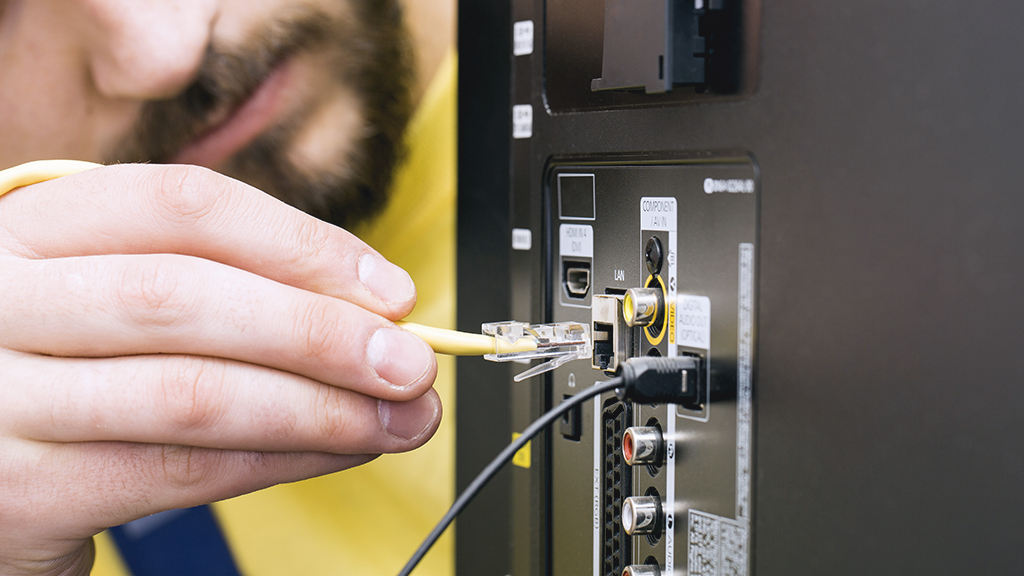
Common Reasons Why Your Wi-Fi Router Is Not Connecting
Wi-fi connectivity issues can be a frustrating experience, but they can be resolved with some simple troubleshooting techniques. Common reasons why your wi-fi router may not connect to the internet include outdated firmware, signal interference, signal obstructions, device compatibility issues, network configuration problems, and internet service provider (isp) problems.
Below are the reasons in detail:
Outdated Firmware
Firmware is the software that runs on your wi-fi router, and it needs to be periodically updated to work correctly. Outdated firmware can cause connectivity issues and can lead to your router becoming unresponsive. To fix this, you need to update your router’s firmware by following the manufacturer’s instructions.
- Check the manufacturer’s website for firmware updates
- Follow the instructions to download the firmware
- Access your router’s web interface
- Look for firmware upgrade options
- Select the firmware you downloaded
- Wait for the upgrade to complete
Signal Interference
Signal interference occurs when other electronic devices in your home are using the same frequency band as your router. It can lead to unstable network connections and weak signals. To fix this, you can try the following:
- Move your router away from any other electronic devices
- Change the channel on your router
- Upgrade your antenna on your router
- Turn off other devices using the same wi-fi frequency band
Signal Obstructions
Obstructions between the router and the device can cause weak signals and result in connectivity issues. This can happen due to construction materials in your house, large appliances, and furniture. To fix this, you can try the following:
- Move your router to a central location in your home
- Remove any obstructions between the router and device
- Use a wi-fi repeater or extender
- Upgrade to a mesh wi-fi system
Device Compatibility Issues
Sometimes, your device may not connect to wi-fi, resulting in connectivity issues due to device incompatibility. To fix this, you can try the following:
- Check your device’s wi-fi settings
- Upgrade your device’s firmware
- Use an ethernet cable to hardwire the device to your router
- Upgrade the device’s wi-fi adapter
Network Configuration Issues
Sometimes, your wi-fi router may not connect to the internet due to network configuration issues. To fix this, you can try the following:
- Restart your router and modem
- Reset your router to default settings
- Check your router’s dns settings
- Contact your isp for troubleshooting steps
Internet Service Provider (Isp) Problems
Finally, issues with your internet service provider can lead to connectivity problems with your wi-fi router. To fix this, you can try the following:
- Contact your isp for troubleshooting steps
- Check for outages in your area
- Reset your router and modem
By following these troubleshooting tips, you can quickly fix any wi-fi router connectivity issues you may have.
Self-Help Steps To Fix Wi-Fi Router Not Connecting Issue
No internet connection can be infuriating, and it’s even more frustrating when you have no clue how to fix it. Wi-fi routers can face issues during their lifespan and can lead to no connection with your device. However, worry not because here are some self-help techniques to get your wi-fi router back online.
Rebooting The Router
One of the most simple yet effective ways to fix the wi-fi router issue is to reboot it. You can be successful in getting the router to reconnect to the wi-fi network by doing the following:
- Turn off your router.
- Unplug it from the power source.
- Wait for a few minutes (between 30 seconds and two minutes) before plugging it back in.
- After the time has passed, turn on your router and wait for the device to completely start.
- Connect to the wi-fi network on your device.
Resetting The Router To Factory Settings
Sometimes, resetting the wi-fi router to default settings may be necessary as they could contain corrupted data. By resetting the router, you can get rid of the corrupted data and start fresh. However, make sure you back up your current data before doing so as the following process will wipe all the settings:
- Locate the reset button on the router usually on the back or bottom.
- Press down the button for 10-15 seconds with a pin or paperclip until the led light starts blinking.
- Release the reset button and wait for the router to reboot.
Changing The Router’S Wireless Mode
Different wi-fi channels have different frequencies, and they often come into competition with other devices that use the same frequency. Changing the wireless mode can solve wi-fi connectivity issues. Here are some steps you can follow to switch your router’s wireless mode:
- Open your router’s web interface in your device’s web browser.
- Look for the wireless settings option.
- Find and pick the wireless mode preference that suits your device’s needs such as 802.11b/g/n or 802.11ac.
- Save the new setting and reboot the router.
Changing The Router’S Channel
Another solution to fix the wi-fi router not connecting issue is to change the channel to a less congested one to minimize interference from other wireless devices. Follow these simple steps to change the router channel:
- Login to your router’s web interface.
- Go to the wireless settings option.
- Find the ‘channel’ setting and adjust it to a different channel from the dropdown menu.
- Click save and wait for the router to reboot.
Checking The Wi-Fi Password And Network Name
Sometimes the wi-fi router is all fine, but the connection error is due to incorrect password, ssid or network name type. You can check the details by following these steps:
- Check whether the wi-fi password is correct.
- Ensure the network name or ssid (service set identifier) matches the router’s network name.
- Look for the wireless settings in your router’s web interface to check the network settings.
- Change the ssid or wireless network name in the settings to match the details required by your device.
Updating The Router’S Firmware
Router manufacturers regularly release firmware updates that contain bug fixes and new features that enhance the router’s performance. If the router’s firmware is not updated, it can result in connectivity issues and system glitches. To update the router’s firmware:
- Connect the router to your device.
- Go to the router’s web interface.
- Find the firmware update option in the administration setting.
- Check for the latest firmware version available and download it.
- Save the file to your computer and use the firmware update option to install and reboot the router.
Wi-fi connectivity issues can be resolved by using the above techniques, and it’s essential to make sure that you’ve tried each method appropriately. If you still can’t find a solution, it may be time to call a professional technician for assistance.
Remember to keep your router’s firmware updated and secure for a steady internet connection.
Troubleshooting Connectivity From Client Devices
Is your wi-fi not working, even though your router is on and working? The issue may lie in connectivity problems from your devices. Here are some things to try if you’re experiencing wi-fi connectivity issues:
Checking Device Connectivity
- Check if your devices can detect available wi-fi networks.
- Ensure that your device is in range of the router.
- Try moving closer to the router to see if the signal improves.
Restarting The Device
- Turn your device off and on again.
- Restart the router and wait for it to fully restart before attempting to connect your device again.
Disconnecting All Other Devices And Connecting To Wi-Fi
- Turn off all devices that are connected to the wi-fi.
- Reboot the router and wait for it to fully restart.
- Connect one device at a time to see if any of them are causing connectivity issues.
Forgetting And Reconnecting To The Wi-Fi Network
- On your device, forget the wi-fi network that you’re unable to connect to.
- Reconnect to the network and enter your password to see if the issue is resolved.
Network Adaptors Troubleshooting
- Check if your device is using the correct network adapter drivers.
- If the drivers are outdated or missing, download and install the latest version from the manufacturer’s website.
- If your device still doesn’t connect, try checking your device’s network settings.
By following these troubleshooting guidelines, you should be able to diagnose and fix the connectivity issues with your wi-fi router.
Advanced Troubleshooting Steps
Configuring Ip Address Settings
One common issue that prevents a wi-fi router from connecting to the internet is a problem with the ip address settings. Here are some steps you can take to fix the issue:
- Check if the router is set up to obtain an ip address automatically from the internet service provider. If it’s not, change the setting to automatic.
- Check if the ip address of the router matches the subnet mask and default gateway of the network. If they don’t match, fix the settings to match the subnet mask and default gateway.
- Check if the ip addresses of the devices connected to the router are in the same range. If not, either change the router’s ip address or change the ip addresses of the connected devices.
Updating Network Drivers
Another culprit for a wi-fi router that isn’t connecting to the internet is outdated network drivers. Here’s what you can do:
- Locate the network adapters in device manager on your computer and right-click on them. Select “properties.”
- Click on the “driver” tab and select “update driver.” Choose “search automatically for updated driver software” and follow the prompts to install the latest driver for your network adapter.
- If there are still issues, try downloading the latest driver for the router from the manufacturer’s website and install it.
Checking The Router’S Logs
The router’s logs can provide helpful information to troubleshoot internet connection issues. Here’s how to check them:
- Open the router’s configuration page on a web browser by typing its ip address in the address bar.
- Find and click on the option to view the router’s logs.
- Check the logs for any error messages that correspond to the time period when there were connection issues. Try to resolve those errors and see if the internet connectivity issue is resolved.
Following these advanced troubleshooting steps should help you fix your wi-fi router’s connectivity issue.
Hiring Professional Help
When To Call An Expert
Sometimes, despite your best efforts, your wi-fi router may continue to have issues. When all troubleshooting steps fail, it might be time to call a professional. Here are some signs that it’s time to hire an expert:
- Your wi-fi issues aren’t resolved despite troubleshooting efforts.
- Your wi-fi router is outdated and needs a replacement.
- You aren’t comfortable troubleshooting your router on your own.
How To Select The Right Expert
It’s crucial to find a reliable and skilled professional to fix your router issues. Here are some tips to help choose the right expert:
- Check reviews online for local professionals or companies.
- Look for certifications and experience to ensure that they have the necessary knowledge.
- Get quotes from several professionals to compare prices.
How To Prepare For The Phone Call
Before calling an expert, there are a few things you can do to prepare:
- Make a list of the issues you’re facing with your router.
- Note down the model and make of your router, including any recent changes made.
- Review any troubleshooting steps you’ve already taken.
What To Expect From Your Expert
When you’ve selected an expert and have scheduled an appointment, here’s what you can expect:
- The expert will review your wi-fi router and diagnose the issues.
- They will make recommendations on how to fix the issues.
- They will provide you with a quote for their services.
Experts can help you resolve any wi-fi router issues that can’t be fixed with basic troubleshooting steps. By selecting the right expert, preparing for the phone call, and knowing what to expect, you can ensure that your router is fixed quickly and efficiently.
Alternatives To Fix Wi-Fi Router Not Connecting Issues
If you are experiencing wi-fi router issues and it’s not connecting to your wi-fi, it can be incredibly frustrating. Luckily, there are alternatives to fix wi-fi router connectivity problems. Below are some of the diy fixes that you can try:
Alternative Diy Fixes
- Reboot: Unplugging the router from the power source for 10 seconds before plugging it back in can sometimes fix the problem. Rebooting your router can also help eliminate network congestion, which can lead to connectivity issues.
- Reset: If a simple reboot does not work, try performing a hard reset on the router. This will reset the router to its default settings, which can help eliminate complex issues causing connectivity problems. But, be careful to reconfigure the router settings because the default settings may not be the best for your needs.
- Firmware update: Updating your router’s firmware to the latest version can provide fixes for known issues, security flaws or provide additional stability fixes.
- Change frequency: Changing the frequency of your router can enhance connectivity regularly. Most routers have a 2.4 ghz or 5 ghz frequency available. Try switching to the less congested frequency and see if that fixes the problem.
Alternatives To Wi-Fi Connection
If the above diy fixes do not work then it’s time to consider alternative solutions such as:
- Ethernet cable: The easiest alternative would be connecting the router to your device via an ethernet cord. This gives your device instant access to your home network through a wire rather than wi-fi.
- Wi-fi extender: If the router is unable to provide sufficient network coverage, you can add a wi-fi extender or repeater to your network. This can increase the coverage of your network and eliminate dead spots in your house.
- Upgrade router: It might be time for a router upgrade if the current router is old. Upgrading the router means that you are getting a better router with new features that are optimized for modern devices.
When To Consider Alternative Solutions
It is essential to consider alternative solutions when your wi-fi router problems are not solved by the diy fixes mentioned above. It is best to consider purchasing a new router if the issues persist, as it is likely due to hardware failure.
Additionally, if the cost of alternative solutions adds up and exceeded cost of a new router, it’s time to make the purchase. By doing so, you can avoid further frustration and enjoy blazing fast internet that meets your needs.
Frequently Asked Questions On How To Fix A Wi-Fi Router That Is Not Connecting To Wifi
How Do I Know If My Router Is Not Connecting To Wi-Fi?
If you can’t connect to the wi-fi network or the internet, it means your router has a problem.
Why Is My Router Not Connecting To Wi-Fi?
Several factors can cause your router not to connect to wi-fi, such as incorrect password, outdated firmware, and interference.
What Do I Do If My Router Is Not Connecting To Wi-Fi?
You can try to reboot your router, check your connection settings, update router firmware, and contact your internet service provider.
Can A Bad Modem Cause Wi-Fi Connectivity Issues?
Yes, a bad modem can cause connectivity issues to the wi-fi network as the modem communicates with the isp.
What Can Cause Wi-Fi Interference?
Wi-fi interference can be caused by neighboring networks, physical objects, electronic devices, and building materials.
How Can I Check If My Wi-Fi Signal Is Strong Enough?
You can use tools like wi-fi analyzer apps or signal strength meters to check for available wi-fi signals and their strength levels.
How Often Should I Update My Router Firmware?
It is recommended to update your router firmware periodically to address bugs, performance issues, and security vulnerabilities.
How Can I Fix A Weak Wi-Fi Signal?
You can move your router to a central location, upgrade your router’s antenna, reduce interference sources, and limit the number of devices connected.
Can Too Many Devices Affect Wi-Fi Connection?
Yes, having too many devices connected to your wi-fi network can affect its performance, speed, and stability.
Why Is The Wi-Fi Signal Weaker Upstairs Than Downstairs?
Wi-fi signal can weaken upstairs because walls, floors, and other objects dampen or block the signal, requiring a wi-fi extender or booster for improvement.
Final Thoughts
So, now that you have learned a few solutions to fix your wi-fi router that is not connecting, you should be able to troubleshoot the problem and get back online in no time. Remember to start with the basics like resetting the router, restarting the modem, and running a diagnostic test.
If that doesn’t work, try updating the firmware or replace any faulty hardware. But always remember to prioritize safety first and consult a professional if you are unsure about the process. This article aimed to provide you with the necessary steps to get back on your wi-fi network as quickly and safely as possible.
With these tips, you should now be able to resolve most common wi-fi connectivity issues.
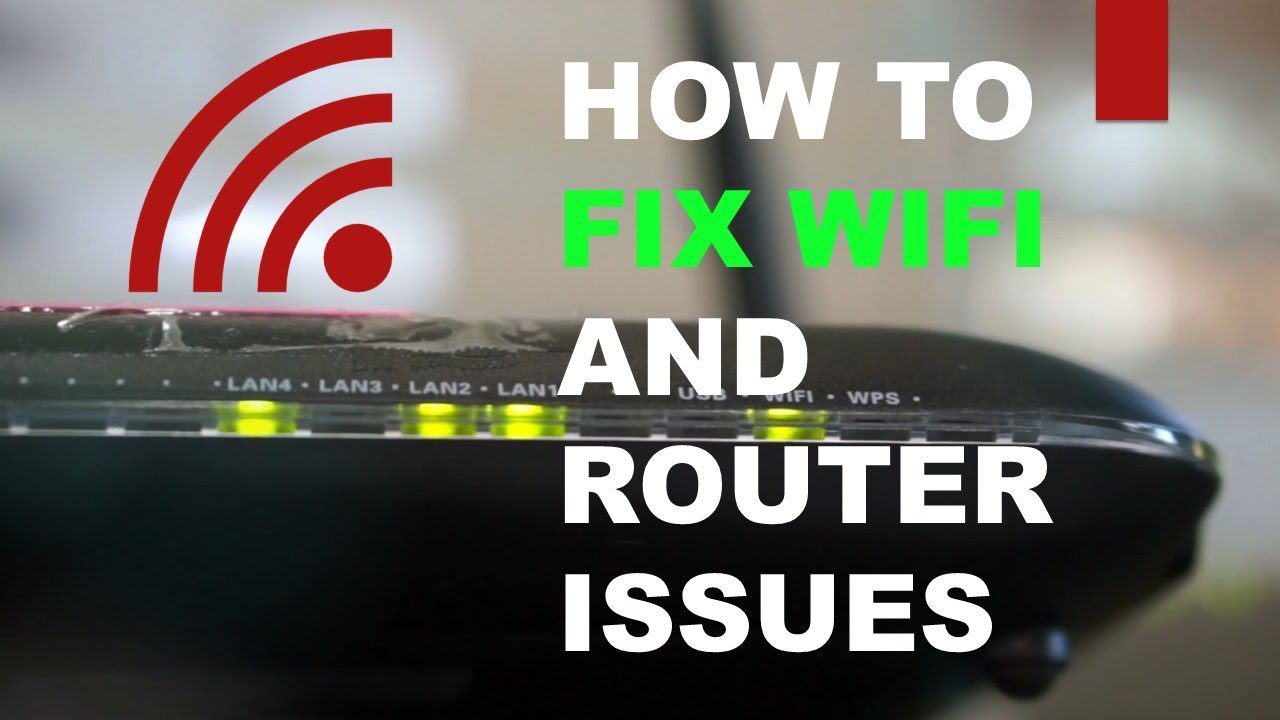
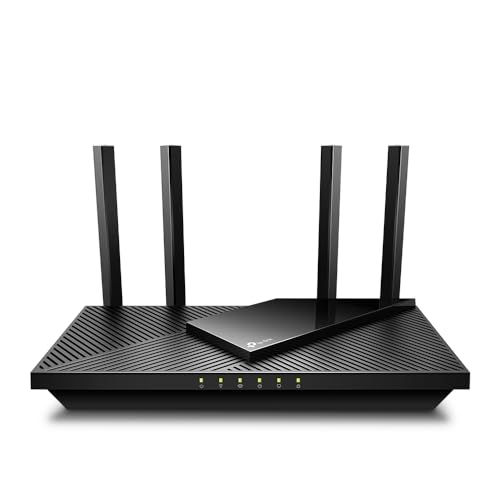
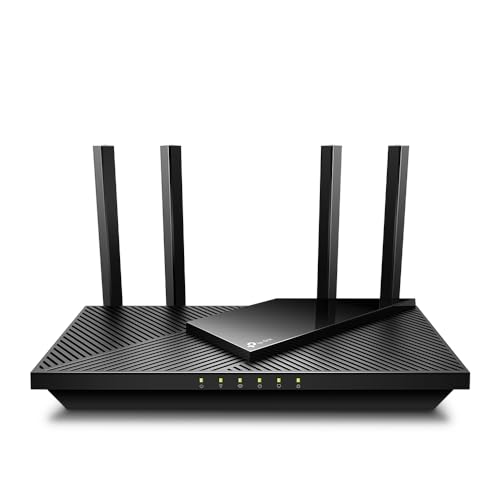
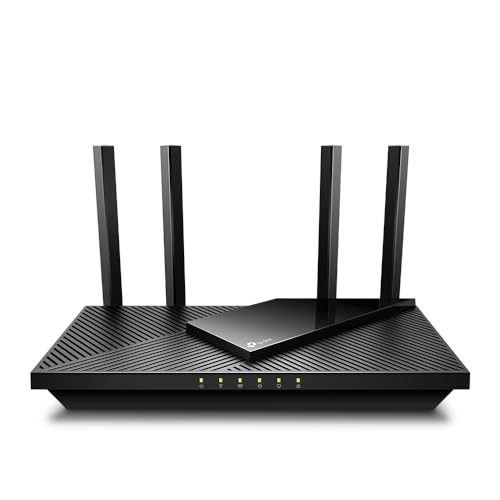
Leave a Reply
You must be logged in to post a comment.